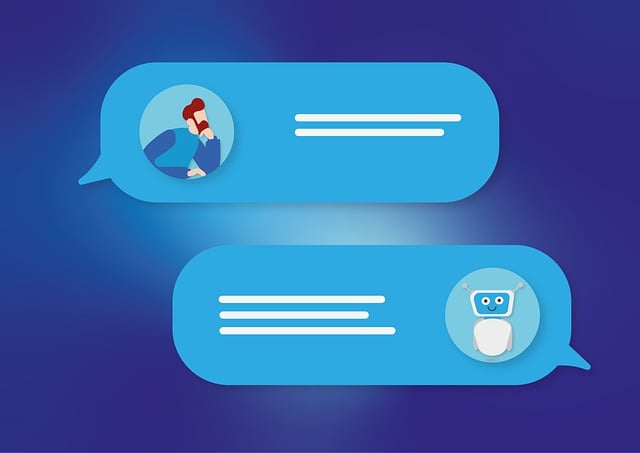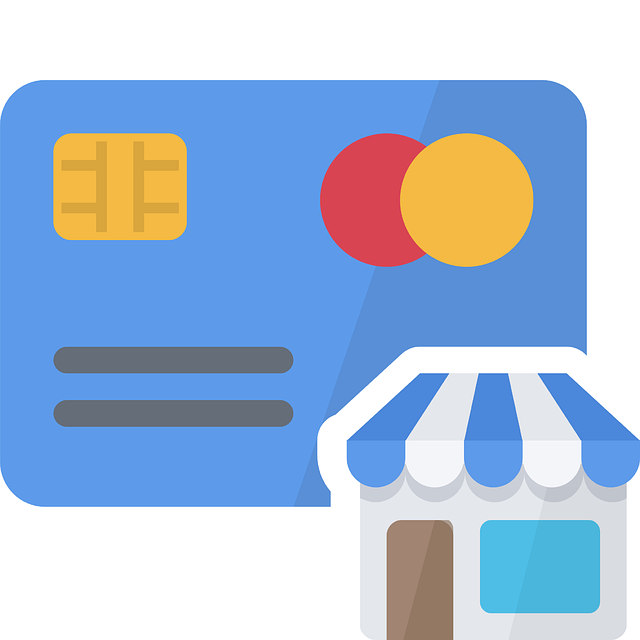Ecommerce chatbots enhance user experience and drive sales by handling tasks like product recommendations and post-purchase support, ultimately aiming to increase conversion rates, customer satisfaction, and data gathering. Success requires defining clear use cases, selecting suitable scripting languages (e.g., Python with NLTK or JavaScript with Dialogflow), integrating with existing systems, and designing intuitive conversational flows. Crafting natural dialogues tailored to user intents and seamlessly integrating with backend systems ensures accurate responses and boosts trust. Rigorous testing and optimization are crucial for continuous improvement in the competitive ecommerce environment.
Looking to elevate your online store with an engaging ecommerce chatbot? This guide navigates the process of creating a scripted AI assistant tailored for your business. From identifying unique chatbot needs and goals, to choosing the right scripting languages and tools, designing intuitive conversational flows, and integrating seamless responses, we break down each step. Learn how to test, iterate, and optimize your ecommerce chatbot for maximum impact, ensuring customers enjoy a personalized shopping experience.
- Understanding Ecommerce Chatbot Needs and Goals
- Selecting the Right Scripting Language and Tools
- Designing Conversational Flow and User Personas
- Developing Dialogs, Responses, and Integration
- Testing, Iterating, and Optimizing Your Ecommerce Chatbot
Understanding Ecommerce Chatbot Needs and Goals

Ecommerce chatbots serve as a bridge between businesses and their customers, aiming to enhance user experience and drive sales. Understanding the specific needs and goals is crucial for effective implementation. These bots are designed to handle various tasks such as providing product recommendations, answering customer queries, facilitating purchases, and offering post-sales support.
Key objectives include increasing conversion rates, improving customer satisfaction, reducing response times, and gathering valuable customer data. By tailoring chatbot interactions to meet these goals, businesses can maximize the potential of ecommerce chatbots. This involves defining clear use cases, setting measurable KPIs, and ensuring seamless integration with existing systems for a smooth shopping journey.
Selecting the Right Scripting Language and Tools

When crafting an ecommerce chatbot, choosing the right scripting language and tools is paramount for its effectiveness and development efficiency. Popular options include Python, known for its versatility and extensive libraries like NLTK and TensorFlow, which are invaluable for natural language processing (NLP) tasks. JavaScript also offers robust frameworks such as Dialogflow and Botkit that simplify chatbot creation and integration, making it a preferred choice for web-based applications.
Additionally, consider platform-specific tools tailored for ecommerce chatbots to enhance functionality. These platforms often provide pre-built templates, conversation flows, and integrations with popular shopping carts like Shopify or WooCommerce, streamlining the development process. Look for solutions that support machine learning capabilities to enable your chatbot to learn from user interactions, thereby improving its performance over time, much like how ecommerce analytics helps refine customer experiences.
Designing Conversational Flow and User Personas

Designing the conversational flow is a critical step in creating an effective AI chatbot, especially for those developing e-commerce chatbots. It involves mapping out the potential interactions between the bot and users, considering various user journeys and paths. By understanding how a conversation might unfold, developers can anticipate user needs and craft relevant responses. This process includes identifying key touchpoints, such as welcome messages, query handling, and closing remarks, to ensure a seamless and engaging experience.
User personas play a significant role in shaping the chatbot’s behavior and responses. These personas represent different types of users who might interact with the e-commerce chatbot, each with unique preferences, needs, and communication styles. By creating detailed user profiles, developers can tailor the conversation flow to cater to diverse audiences. For instance, a persona for a tech-savvy millennial buying gaming accessories will differ from that of a traditionalist customer seeking simple fashion advice, influencing the tone, language, and product recommendations provided by the chatbot.
Developing Dialogs, Responses, and Integration

Developing engaging dialogues is a key aspect of creating an effective ecommerce chatbot. This involves designing conversations that feel natural and flow seamlessly, much like interacting with a human assistant. Start by defining different user intents – what actions or information users might seek from your chatbot. For instance, product recommendations, order status updates, or general customer support. Each intent should have several potential user utterances, capturing various ways customers might phrase their requests.
To craft compelling responses, consider using templates and variables. These allow for dynamic content generation based on user input. For ecommerce chatbots, this could mean providing personalized product suggestions, updating order details, or guiding users through checkout processes. Integration with backend systems is crucial to ensure the chatbot can access real-time data, such as inventory levels, pricing, and customer profiles, to deliver accurate and up-to-date information. This seamless integration enhances user trust and satisfaction, making your ecommerce chatbot a valuable addition to your online store.
Testing, Iterating, and Optimizing Your Ecommerce Chatbot

After building your ecommerce chatbot, it’s crucial to thoroughly test and iteratively optimize its performance. Start by simulating various customer interactions and scenarios to ensure the chatbot can accurately understand and respond to user queries. Use tools like A/B testing to compare different chatbot responses and identify which ones yield better engagement and conversion rates.
Continuous improvement is key with ecommerce chatbots. Regularly analyze conversation logs to pinpoint areas where the chatbot struggles or provides suboptimal solutions. Based on these insights, iterate on the chatbot’s scripts, expanding its knowledge base and enhancing its conversational flow. This ongoing process ensures your ecommerce chatbot remains effective in addressing customer needs and driving sales.
Creating an effective eCommerce chatbot involves a strategic approach, from understanding your target audience’s needs to selecting the right scripting tools and designing seamless conversational flows. By mastering these steps, businesses can harness the power of AI to deliver personalized shopping experiences, drive sales conversions, and foster customer engagement. Integrating well-crafted dialogues ensures your chatbot becomes an indispensable asset in the competitive world of eCommerce.
